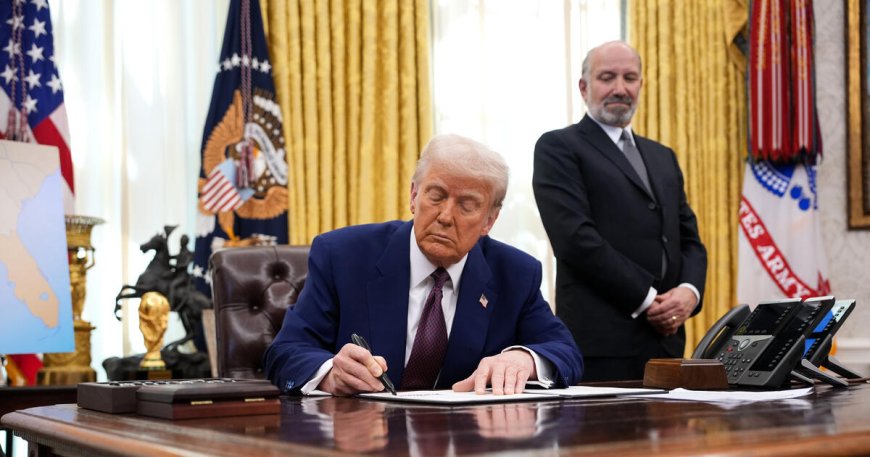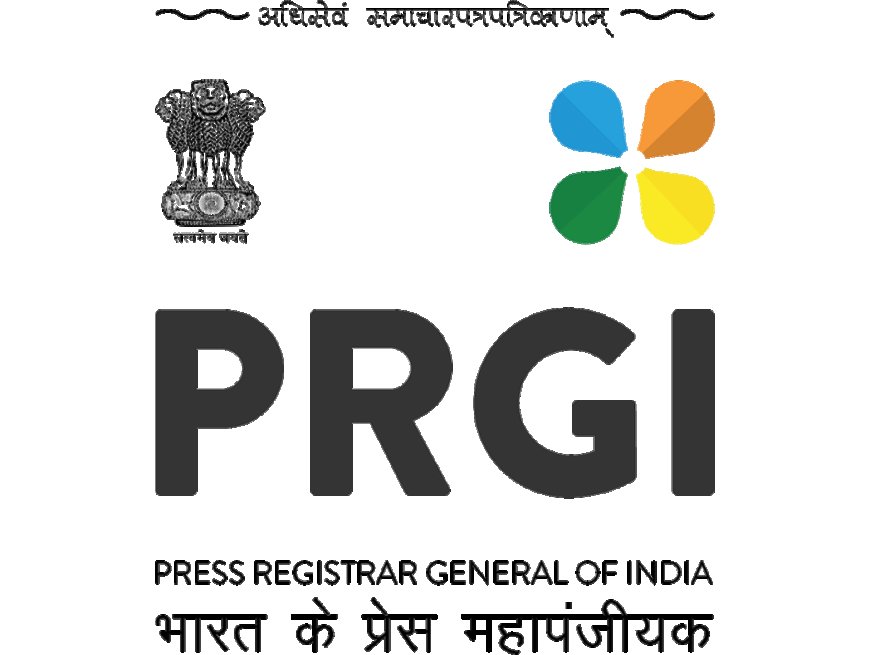Trump Signs Memo Demanding Universities Reveal Admissions Data on Race: A New Era of Transparency
President Trump signs a memo requiring universities to disclose admissions data on race. Learn how this move could transform higher education policies.

In a significant move poised to reshape higher education policy across the nation, President Donald Trump signed a new executive memorandum on Wednesday requiring universities that receive federal funding to publicly disclose detailed data about how race factors into their admissions decisions. The announcement marks another chapter in the administration’s renewed push for colorblind policies in education, with major implications for diversity programs and affirmative action efforts.
A Push for Transparency in Higher Education
The presidential memorandum, issued from the White House on August 7, directs the Department of Education to enforce strict reporting standards among public and private universities that accept federal dollars. Under this directive, schools must submit comprehensive annual reports outlining how race, ethnicity, and other demographic factors are weighed in their admissions processes.
President Trump said in a statement,
“Taxpayers have a right to know whether merit is truly the deciding factor in who gets into our top schools. We’re making admissions fair, transparent, and accountable.”
The memo emphasizes that data must include acceptance rates, average academic qualifications across racial groups, and documentation on admissions criteria used by review committees.
Political and Legal Background
The memorandum comes amid continued national debate over race-conscious admissions practices, following the Supreme Court’s 2023 decision that placed limits on affirmative action in higher education. That ruling, though not an outright ban, has emboldened critics who argue race-based admissions are discriminatory and undermine academic merit.
Legal experts say the new memo may provoke court challenges, particularly from universities and civil rights groups that have long defended affirmative action as a tool for correcting historical inequities in education.
Former Education Secretary Betsy DeVos praised the decision, calling it “a long-overdue move toward equity based on achievement rather than identity.”
Reaction from Universities and Civil Rights Groups
Early responses from major universities were cautious. Harvard University, often at the center of these debates, issued a brief statement noting it would review the policy and continue to ensure its admissions process is both lawful and inclusive.
Meanwhile, organizations like the NAACP Legal Defense Fund expressed concern that the new policy could have a chilling effect on efforts to foster diversity and may discourage underrepresented students from applying to elite institutions.
In a press briefing, Sherrilyn Ifill, a senior fellow at the Ford Foundation, stated,
“This is part of a broader pattern to erase decades of progress in educational access. We will be watching implementation very closely.”
What the Memo Requires
The key elements outlined in the memorandum include:
-
Mandatory Annual Reports: All colleges and universities receiving federal aid must release public reports detailing the role of race in admissions.
-
Disaggregation of Data: Schools must break down admissions decisions by race, test scores, GPA, and extracurricular achievements.
-
Third-Party Oversight: The Department of Education may appoint independent auditors to ensure data accuracy.
-
Penalties for Noncompliance: Institutions that fail to comply risk suspension or reduction of federal funding.
According to the U.S. Department of Education, compliance guidelines will be issued within 60 days.
Potential Impact on Admissions Policies
This memo could drastically reshape the way institutions approach admissions in 2026 and beyond. Colleges that once practiced “holistic review” strategies will now face increased scrutiny. Analysts suggest that some universities may reduce or eliminate the consideration of race in applications altogether to avoid public backlash or loss of federal funds.
Education policy analyst Max Eden notes,
“This is a major turning point. Schools are going to have to defend their practices with hard data, not just talking points.”
For many conservative lawmakers, this marks a win in the broader cultural push for merit-based systems. For progressives, however, it raises alarms about equitable access in a system still marked by deep disparities.
What Happens Next?
The Department of Education is expected to begin notifying institutions immediately. The first wave of reports could be due as early as spring 2026. It remains to be seen whether legal challenges will delay or alter the directive's implementation.
Still, the Trump administration remains firm in its stance. White House Press Secretary Kayleigh McEnany reaffirmed,
“We are committed to restoring fairness in higher education. This is about giving every American student an equal shot—regardless of skin color.”









